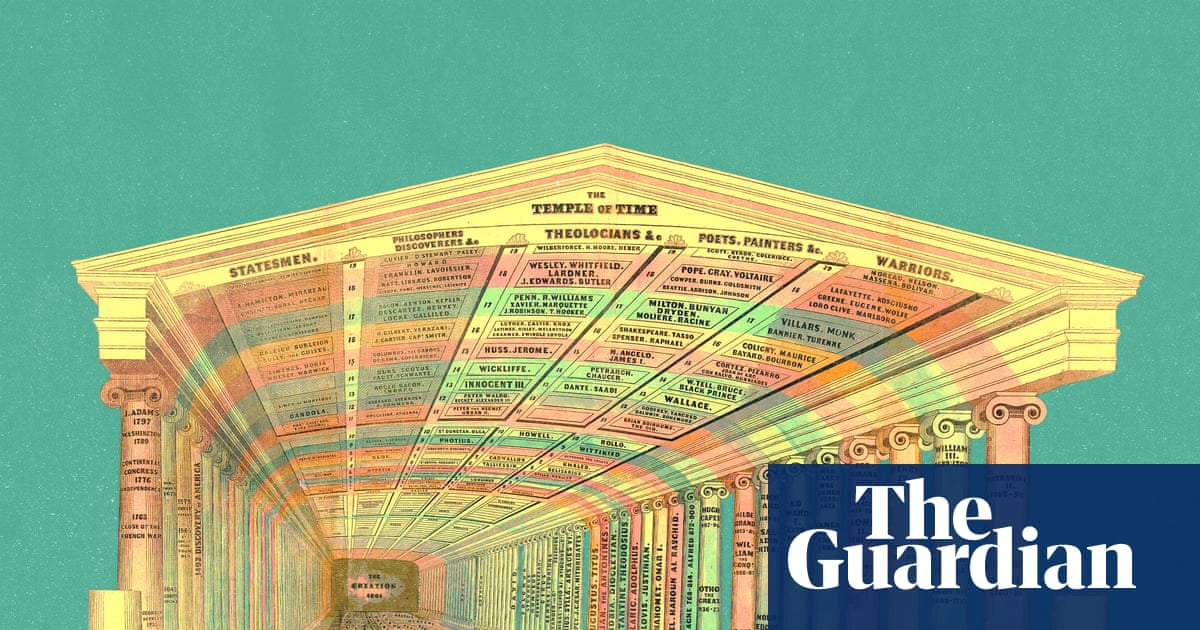Sometimes, you don’t realise a habit is odd until you mention it casually and people stare at you as if you’d grown a second head. Last year, I mentioned my shopping lists in front of my parents. These lists, stored in the notes app on my phone, are not where I write down things I want to buy (although I have one of those too). Instead, they are a meticulous record of everything I’ve already bought.
One list is for groceries, divided into categories (dairy, fresh vegetables, tins) to reveal everything I have in the fridge and cupboard at any given time. The other list covers almost everything else. There are sections for books, makeup, clothes, miscellaneous practical items (batteries, vacuum cleaner filters, a new bike lock) and more. Transient purchases that don’t take up space in my life – takeaway coffees, magazines, bus fares – don’t go on the list. But almost everything else does.
“This is weird,” said my dad, vaguely appalled, when I explained the lists to him. “I mean, what’s the point?”
What’s the point? In short, the lists help me feel in control of my consumption. I started them before the pandemic, when I felt I was losing track of where exactly my money was going. I am a fundamentally disorganised and messy-brained person who is prone to impulse buys and won’t keep track of, say, whether I’ve already bought oat milk this week.
I can’t remember where I got the idea. Keeping a written log of your spending is a fairly standard piece of budgeting advice, but I don’t write down prices (my banking app shows me how much I’m spending on different categories each month). My lists are a reminder of what I’ve bought, not how much I’ve spent. And I quickly realised this straightforward hack could help me avoid unnecessary purchases. For example: if my grocery list shows I’ve got plenty of vegetables languishing in the fridge, but no grains, I know what to prioritise on my weekly food shop
The other list helps me resist more frivolous spending. As a millennial, I was raised to see shopping as a leisure activity, and I suspect I’ll always have the urge to waste money on things I don’t need and can’t really afford – a new top here, an expensive moisturiser there – as a shortcut to feeling excited, confident or satisfied. Now, when I feel the pull of a 1970s shirt on Vinted, I can look at my list and see that I’ve already added two new tops to my overstuffed wardrobe this year. Often, that reminder is enough to make me step away from the resale apps and find something else to do.
The lists haven’t sucked all the joy out of shopping. I’m still susceptible to the unexpected delights of a posh deli or Lidl’s middle aisle – and no matter what my list says, I’ll never feel as if I have enough vintage jackets. But in a world where targeted ads and contactless payments make it perilously easy to spend without thinking, I’m glad I’ve found a strategy that helps me put more thought into what I buy.

 3 months ago
72
3 months ago
72

















































